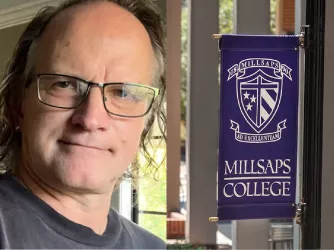Table of Contents
What’s at Stake in DeJohn v. Temple: The Distinction between High School and College
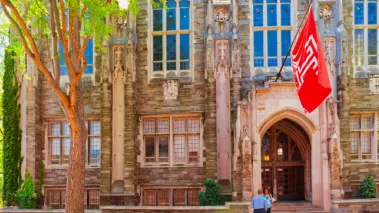
Roman Babakin / Shutterstock.com
As announced on Tuesday, FIRE filed an amicus brief this week in the case of DeJohn v. Temple, to be heard this fall by the Third Circuit Court of Appeals.
While you can read the brief in full here, we thought it would be useful to highlight one of our motivating concerns about Temple’s argument—specifically, their attempts to blur the distinction between the First Amendment rights enjoyed by college students and those enjoyed by high school students. We’ve talked about the dangers of such an argument on The Torch before—especially in our discussions of Morse v. Frederick and Hosty v. Carter—but our brief this week put some of the practical and legal problems with this argument in sharp relief. As we wrote in the brief:
Temple is asking this court to place the rights of university students—the vast majority of whom are old enough to vote, run for elected office, and serve in the military—on par with the rights of schoolchildren. In arguing for the constitutionality of its policy, Temple exclusively cites cases relating to children in high school or younger, conveniently ignoring the string of cases in which similar policies have been struck down at colleges and universities for violating students’ First Amendment rights.
So what’s wrong with conflating the rights of high school students with those of college students, as Temple seeks to do here? Well, for starters, to do so would go directly against time-honored Supreme Court precedent, a point we make in our brief:
Courts have long emphasized and understood the importance of free and open expression on campus. As the U.S. Supreme Court wrote in Sweezy v. New Hampshire, 354 U.S. 234 (1957):
The essentiality of freedom in the community of American universities is almost self-evident. No one should underestimate the vital role in a democracy that is played by those who guide and train our youth. To impose any strait jacket upon the intellectual leaders in our colleges and universities would imperil the future of our Nation... Teachers and students must always remain free to inquire, to study and to evaluate, to gain new maturity and understanding; otherwise our civilization will stagnate and die. Sweezy, 354 U.S. at 250.
By contrast, the Supreme Court has described the mission of public secondary schools in strikingly different terms, stating:
The role and purpose of the American public school system were well described by two historians, who stated: “[Public] education must prepare pupils for citizenship in the Republic. It must inculcate the habits and manners of civility as values in themselves conducive to happiness and as indispensable to the practice of self-government in the community and the nation.” Bethel Sch. Dist. v. Fraser, 487 U.S. 675, 681 (1986) (citations omitted).
The Court’s substantively different conceptions of the essentiality of free speech for students at the high school and college levels is highly significant, and reflects the marked contrast in both the educational mission of each level of schooling and the maturity and ability of students at each respective stage. High school students must learn “the habits and manners of civility” to prepare for citizenship. Id. In contrast, college students enjoy at least as much freedom of expression as their fellow adult citizens enjoy so that they may fully participate as the “intellectual leaders” the Court describes in Sweezy. 354 U.S. at 250.
It’s worth noting that this well-established jurisprudence reflects plain common sense: unlike the vast majority of college students, high school students have not yet attained their legal majority. Research included in our brief bears out this intuitive sense of difference:
According to the U.S. Census Bureau, only 1.2 percent of undergraduate students are below the age of 18. See 2002 U.S. Census Bureau Current Population Survey Report, Table A-6, “Age Distribution of College Students 14 years Old and Over, by Sex: October 1947 to 2002.” The 98.8% of college students who are legal adults should not have their rights diminished because a tiny minority of their classmates are below 18. Furthermore, attendance at college is a strong indication that the 1.2% of students who are not yet legal adults nonetheless possess the maturity to be treated as such. Lastly, it is crucial to remember that an increasingly significant number of university students are substantially older than the traditional 18-22 undergraduate range, and include parents, war veterans, well-established professionals, retirees, and senior citizens.
We conclude by surveying the damage to be caused by granting Temple’s assertions:
Thus far, the law has served to protect the collegiate marketplace of ideas from overreaching administrations, requiring policies and practices that affirm rather than compromise the First Amendment and underlying principles of academic freedom. Appellants are asking this court to take a disastrous step in the opposite direction by rendering the free speech rights of students at a public college equivalent to those of schoolchildren and giving appellants unfettered discretion to restrict any “student’s speech that is inconsistent with its ‘basic educational mission.’” (Appellants’ Br. at 36). Leaving aside the question of whether such a standard is even appropriate for high school students, it is most certainly not appropriate in the university context.
We’re hopeful that the Third Circuit will agree with FIRE and our fellow coalition members and issue an opinion upholding the critical legal distinction between the rights enjoyed by high school students and college students. Of course, we’ll keep you posted.
Do you want to learn more about the history of free speech in schools? Or important First Amendment court cases? Check out FIRE’s extensive library of First Amendment resources.
Recent Articles
FIRE’s award-winning Newsdesk covers the free speech news you need to stay informed.
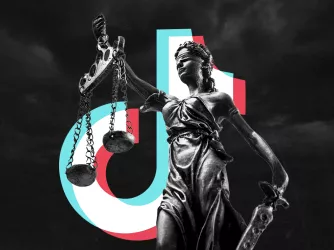
FIRE statement on Supreme Court’s ruling in TikTok v. Garland
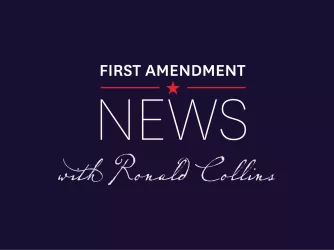
‘The lawsuit is the punishment’: Reflections on Trump v. Selzer — First Amendment News 453
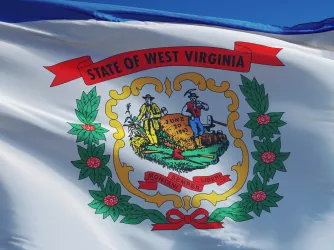
West Virginia Executive Order on ‘DEI’ unconstitutionally limits university classroom discussions.
